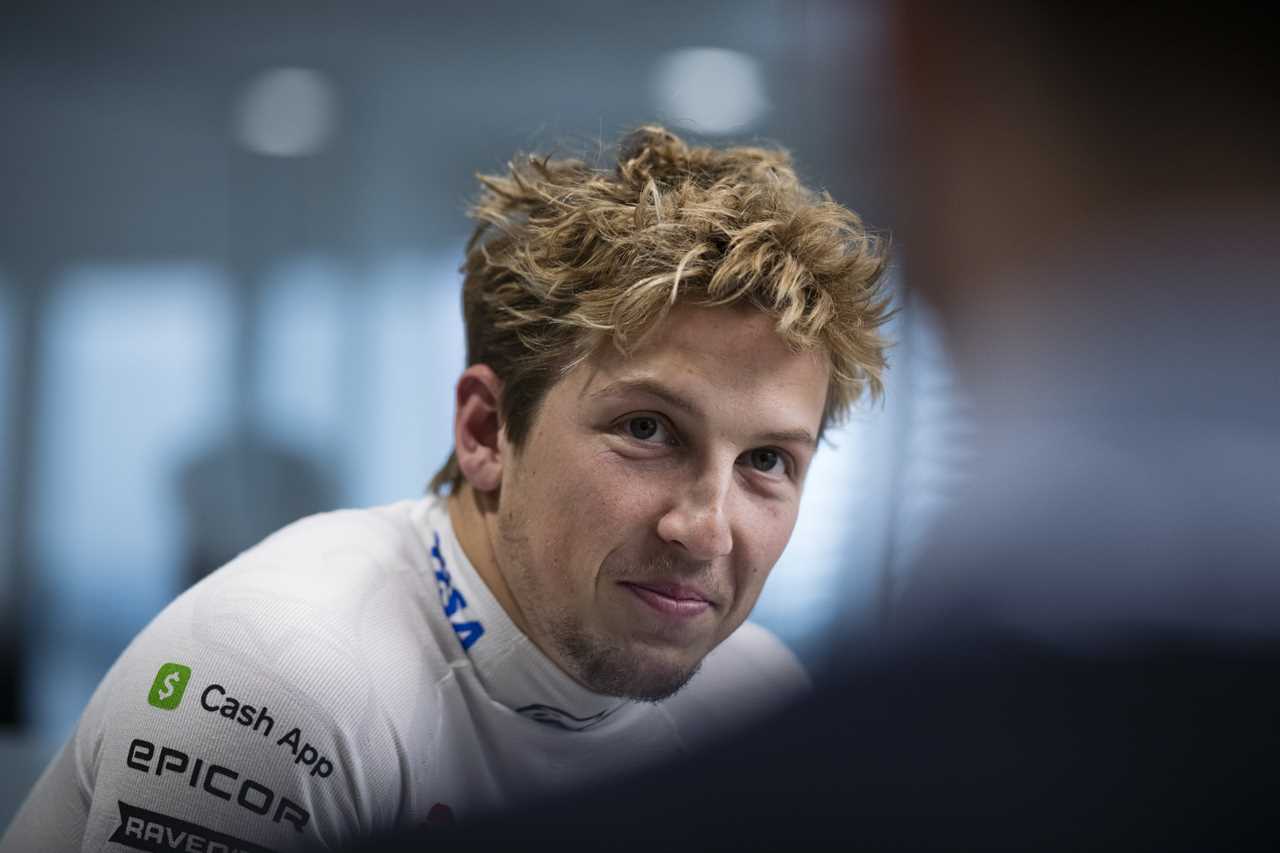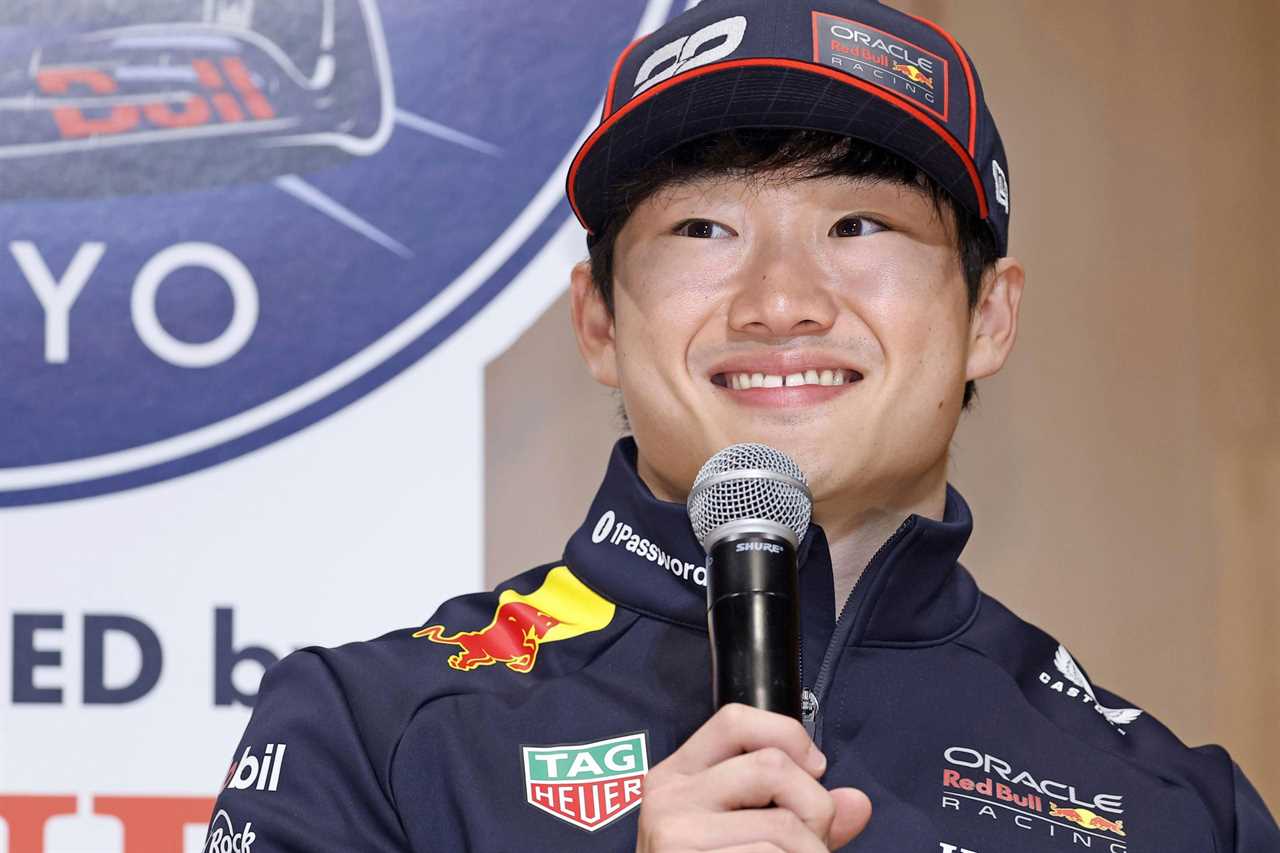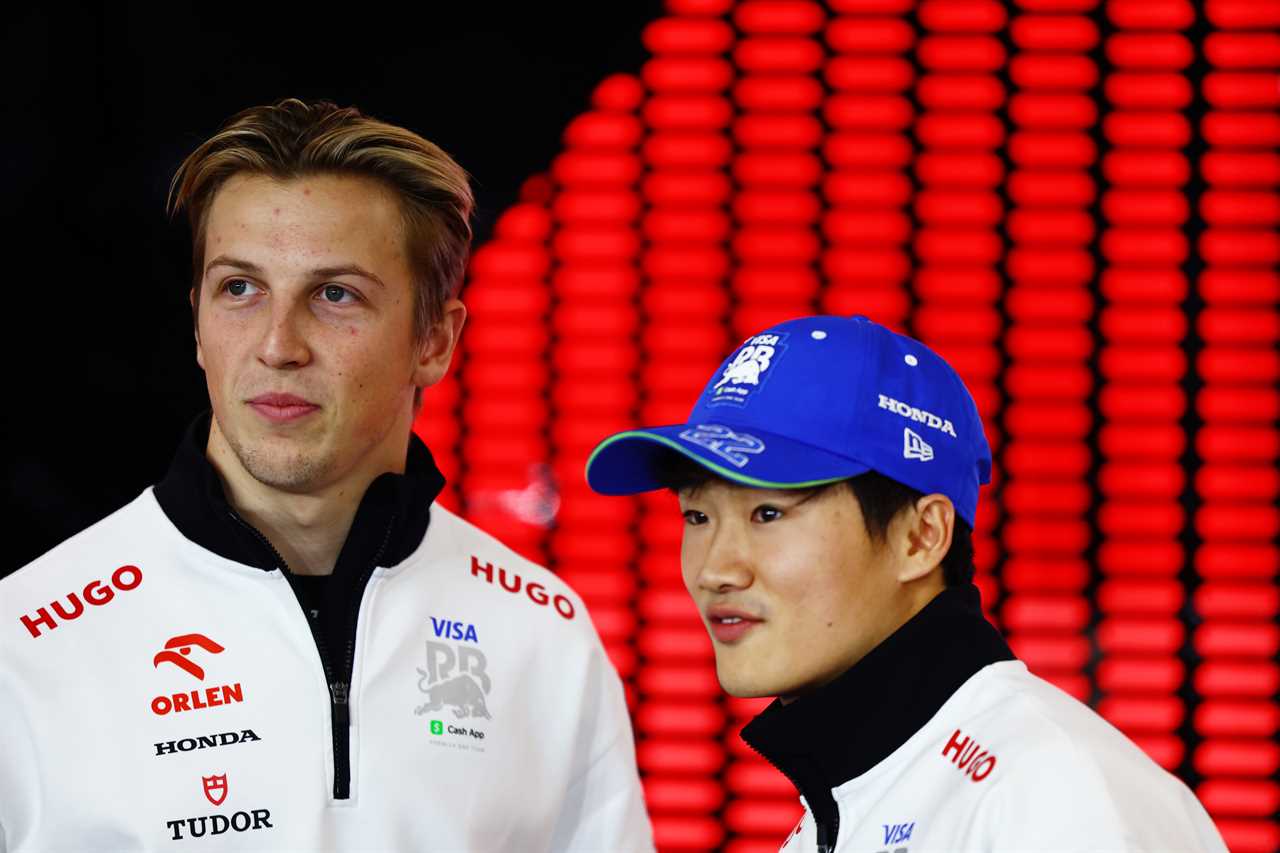
Unexpected Departure Leaves Fans Surprised
Liam Lawson’s sudden exit from Red Bull after just two races has left many in the motorsport community taken aback. The 23-year-old New Zealander struggled to make an impact in the early stages of the season, failing to advance past the initial rounds in all three qualifying sessions and ending without scoring any points.
Swap with Yuki Tsunoda Confirmed
In a surprising move, Lawson has been reassigned to Red Bull’s sister team, Racing Bulls. This swap comes as Yuki Tsunoda steps into the Red Bull Racing seat ahead of the upcoming Japanese Grand Prix. The decision marks a significant shift in the team’s strategy as they seek to optimize their driver lineup.
Lawson Reacts to the Sudden Change
Speaking to Sky Sports, Lawson expressed his disbelief at the abrupt decision. “It was definitely a shock, honestly. It's not something that I saw coming,” he said. He added that prior discussions with the team had not indicated such a move, leaving him unprepared for the switch.
Red Bull’s Strategic Decision Questioned
The decision to promote Lawson from Racing Bulls, especially after only 11 Grand Prix starts over two separate periods in 2023 and 2024, has raised eyebrows. Tsunoda, who brings more experience to the table, was seen as a strong candidate for the role. This move has prompted Red Bull’s motorsport adviser, Helmut Marko, to acknowledge that signing Lawson over Tsunoda may have been an error.

Tsunoda’s Take on the Team Switch
Ahead of his debut with Red Bull Racing in Japan, Tsunoda shared his thoughts with the BBC. “We haven't had a conversation yet, but we'll be interacting during the Tokyo events. I hope our friendship remains intact,” he remarked. Tsunoda noted that the competitive nature of securing the seat has naturally affected their relationship, though he remains optimistic about maintaining a positive dynamic.
Adjusting to the New Role at Red Bull Racing
Tsunoda detailed the circumstances leading to his promotion, mentioning a call from Christian Horner and discussions about team dynamics. Emphasizing the focus on Max Verstappen’s pursuit of the Drivers' Championship, Tsunoda expressed his commitment to supporting Verstappen while also striving to prove himself. “I have to get used to the car. I'm very excited,” he stated, highlighting his determination to adapt quickly to his new environment.
Looking Ahead to the Japanese Grand Prix
As the team prepares for the upcoming race in Japan, all eyes will be on Tsunoda as he partners with Verstappen. This change signals Red Bull’s intent to solidify their position in the championship by leveraging Tsunoda’s experience and ability to work closely with their star driver.
Impact on Team Dynamics and Future Prospects
The driver swap not only affects Lawson and Tsunoda but also reshapes the internal dynamics of the team. With Marko’s admission of a potential misstep in their initial driver choice, Red Bull may reassess its strategies moving forward to ensure they maintain their competitive edge in the highly contested racing season.

Lawson’s Future with Racing Bulls
While Lawson’s stint with Red Bull Racing was brief, his return to Racing Bulls offers him a fresh start within the organization. “It's not my decision, so I'm here to make the most of this one,” Lawson said, indicating his intent to regroup and perform strongly with the sister team.
Conclusion
The abrupt changes within Red Bull’s driver lineup underscore the team’s ambitious approach as the season progresses. With Tsunoda stepping into a more prominent role and Lawson facing a challenging road ahead with Racing Bulls, the coming races will be crucial in determining the effectiveness of these strategic moves.
Frequently Asked Questions
How are F1 cockpits designed to enhance driver safety and comfort?
F1 cockpits are meticulously designed focusing on driver safety and comfort. Safety is enhanced through the use of survival cells constructed from carbon-fiber composites, padding, and the halo device as mentioned earlier. Seats can be custom-molded around the driver to ensure a snug and comfortable fit. The dimensions of the cockpit are set to ensure that the driver can be removed without any difficulty.
What's the purpose of the new Formula 1 halo?
The halo device is a safety feature introduced in Formula 1 to protect the driver's head from debris and impacts. It is made of titanium and sits on top of the cockpit. It is capable to withhold significant forces. The halo has become an integrated part of modern Formula 1 car design, illustrating the sport's commitment to driver safety.
Can you explain the use of telemetry by Formula 1?
Telemetry is an advanced system in Formula 1 that transmits live data from the car to the engineers on pit walls and back to team headquarters. This data includes information on the engine, brakes, tires, fuel levels, and driver inputs. Telemetry allows engineers to monitor a car's performance and identify any potential problems. Telemetry can be used to maximize the performance of a car and its driver during a race.
What measures are Formula 1 taking to become more sustainable?
Formula 1 adopts several measures in order to become more environmentally friendly. One of the most important initiatives is to switch from fossil fuels to biofuels, and aim for a carbon footprint that is zero by 2030. The sport researches advanced sustainable fuels to reduce greenhouse gases. Efforts around logistics, such as carbon offsetting and greener travel methods, are being implemented. F1 is also working with partners to improve the recyclability of components and reduce waste.
Statistics
- Formula 1 tires lose weight during a race due to wear and degradation, with up to 0.5 kg shed from each tire.
- Formula 1 cars can achieve lateral acceleration in excess of 5 g during cornering, which is about five times the force of gravity.
- Computational fluid dynamics simulations are capable of calculating around 300 million mesh points to simulate airflow around a Formula 1 car.
- Modern Formula 1 car chassis are required to withstand a frontal crash test with a peak deceleration of no more than 25 g.
- The energy recovery system (ERS) in modern Formula 1 cars can provide up to 161 horsepower of additional power for approximately 33 seconds per lap.
- Formula 1 races on average have over 300 sensors on a car, generating more than 1.5 billion data points over a race weekend.
- A Formula 1 steering wheel is one of the most complex components of the car, costing up to $50,000 to produce.
- Since the hybrid power units were introduced in 2014, thermal efficiency has increased from around 29% to surpass 50%, a remarkable figure compared to standard road car engines.
External Links
How To
How to monitor F1 Wind Tunnel Testing Innovations
Computed simulations can be used to overcome the restrictions on F1 wind chamber testing. Investigate recent technological advancements in flow visualization, scale modeling, and real time data analysis. Reading specialized motorsport technology articles and attending technical conferences are excellent ways to gain insights into wind tunnel innovations in F1.
 CricketBoxingFormula 1GolfHorse RacingPremier LeagueTennisPrivacy PolicyTerms And Conditions
CricketBoxingFormula 1GolfHorse RacingPremier LeagueTennisPrivacy PolicyTerms And Conditions
